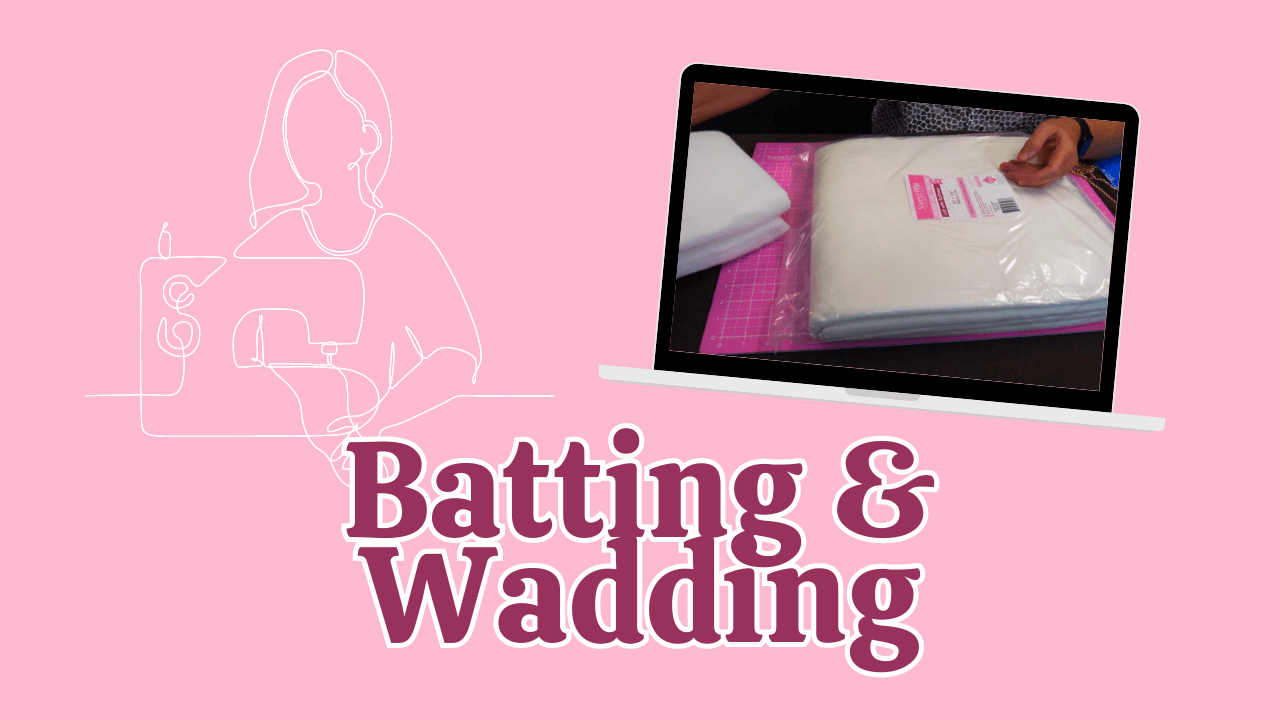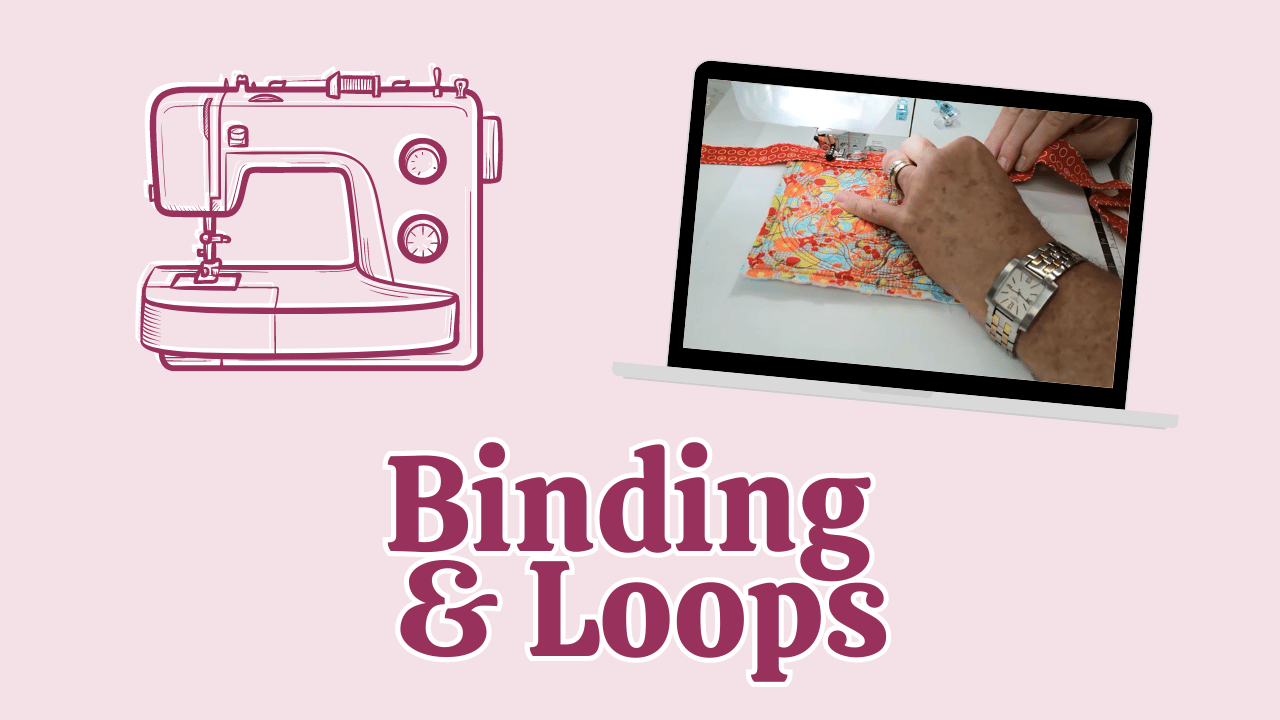Batting, often referred to as wadding depending on the region, is a crucial element in quilting and various craft projects. It serves as the fluffy material placed between two layers of fabric, providing not only warmth but also height and texture. This summary delves into the different types of batting, their characteristics, and their applications in crafting.
Introduction to Batting
Batting is an essential component in quilting, offering several benefits:
- Warmth: Provides insulation and comfort.
- Height and Loft: Adds dimension to the finished product.
- Texture: Enhances the tactile quality of the fabric.
Batting can be made from various materials, each contributing unique properties to the final product. Understanding these materials is vital for selecting the right batting for your project.
Types of Batting
Batting comes in a variety of fiber contents, each with its own advantages. Here’s a breakdown of the most common types:
| Type | Material | Characteristics |
| Cotton | 100% Cotton | Soft, breathable, and provides good insulation |
| Wool | 100% Wool | Natural warmth, lightweight, and resilient |
| Polyester | 100% Polyester | Durable, easy to care for, and retains shape well |
| Cotton-Wool | Blend of Cotton and Wool | Combines softness and warmth with added loft |
| Bamboo VIscose | Bamboo Blends | Eco-friendly, soft, and moisture-wicking properties |
| Silk | 100% Silk | Not commonly used as batting due to compressibility |
Notable Batting Products
1. Pellon: A lightweight, thin batting option that often has adhesive properties on one or both sides, making it easy to adhere fabric layers together, widely used in the United States.
2. Luscious Loft: A proprietary product known for its softness and stability. Made from viscose, it is needle-punched for added firmness and is ideal for in-the-hoop projects. What we use and sell at Sweet Pea!
3. Compact Felt: A polyester felt that is thin yet provides loft and relief. Suitable for projects requiring a more compact batting option.
Choosing the Right Batting
When selecting batting for your project, consider the following factors:
- Thickness: Ensure the batting is not too thick or spongy, as this can complicate stitching and affect the final appearance.
- Material Availability: Choose batting based on what is readily available in your region.
- Even Thickness: It is crucial that the batting maintains an even thickness throughout to ensure a uniform finish.
Batting is an indispensable component in quilting and crafting, providing warmth, height, and texture to finished products. With various materials available, it is essential to choose the right type of batting based on the specific needs of your project. Whether you opt for cotton, wool, polyester, or bamboo blends, understanding the characteristics of each type will enhance your crafting experience.
Thank you for joining us at Sweet Pea Studio. We hope this overview of batting has been informative and inspires you to explore the possibilities in your next quilting or craft project!




Leave a comment
This site is protected by hCaptcha and the hCaptcha Privacy Policy and Terms of Service apply.